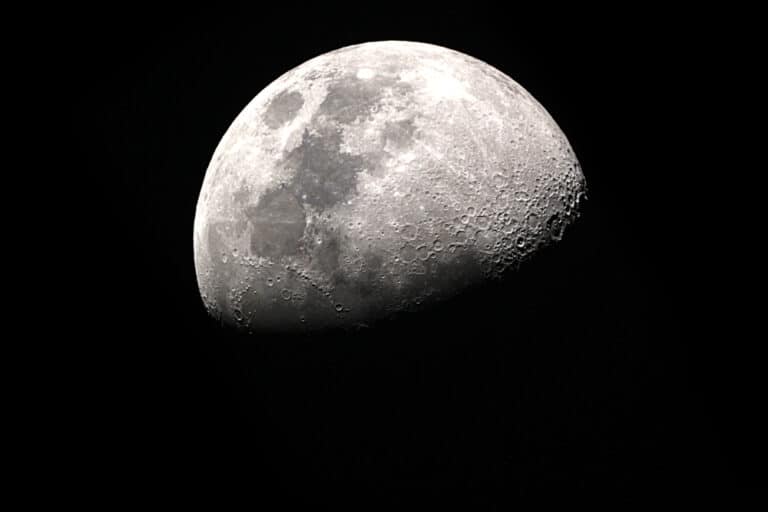In a groundbreaking collaboration between NASA and Austin-based company ICON, humanity is poised to witness the realization of an extraordinary vision: a thriving off-Earth community for civilian residents on the moon by the year 2040.
This ambitious project, still in its nascent stages, marks a significant leap forward in space exploration and colonization. With plans for a lunar residential subdivision that caters not only to astronauts but also to civilian inhabitants, NASA aims to revolutionize the concept of space habitation using cutting-edge technology and innovative construction methods.

Recognizing the challenges posed by the lunar environment, characterized by extreme temperatures, radiation, and the absence of essential resources, NASA and its partners have devised ingenious solutions to ensure the feasibility and sustainability of this lunar endeavor.
At the heart of the project lies ICON’s revolutionary 3D printing technology, capable of constructing homes using native lunar materials. Leveraging its expertise gained from building over 100 homes on Earth, ICON plans to deploy its advanced 3D printing system, aptly named The Vulcan, to construct lunar properties with unprecedented efficiency and speed.
Key to the success of this venture is the utilization of lunar concrete, synthesized from rocks, fragments, and dust found on the moon’s surface. By harnessing local resources, the lunar community will reduce reliance on costly and unsustainable imports from Earth.
Moreover, NASA and its collaborators are pioneering robotic systems capable of autonomous space construction, further streamlining the building process and minimizing human intervention. These innovations underscore the collaborative effort to establish a resilient and self-sustaining lunar infrastructure.

While the prospect of lunar colonization presents a bold vision for the future of humanity, significant challenges remain to be addressed. From ensuring the resilience of structures against space hazards to optimizing operational efficiency in the lunar environment, ongoing research and development efforts are essential to overcoming these obstacles.
As NASA and its partners forge ahead with their groundbreaking initiative, the prospect of a lunar residential subdivision serves as a testament to human ingenuity and perseverance in the pursuit of exploration and discovery.
The countdown to humanity’s next giant leap begins, promising a future where the moon is not just a destination for astronauts but a home for generations to come.
Love and Peace










